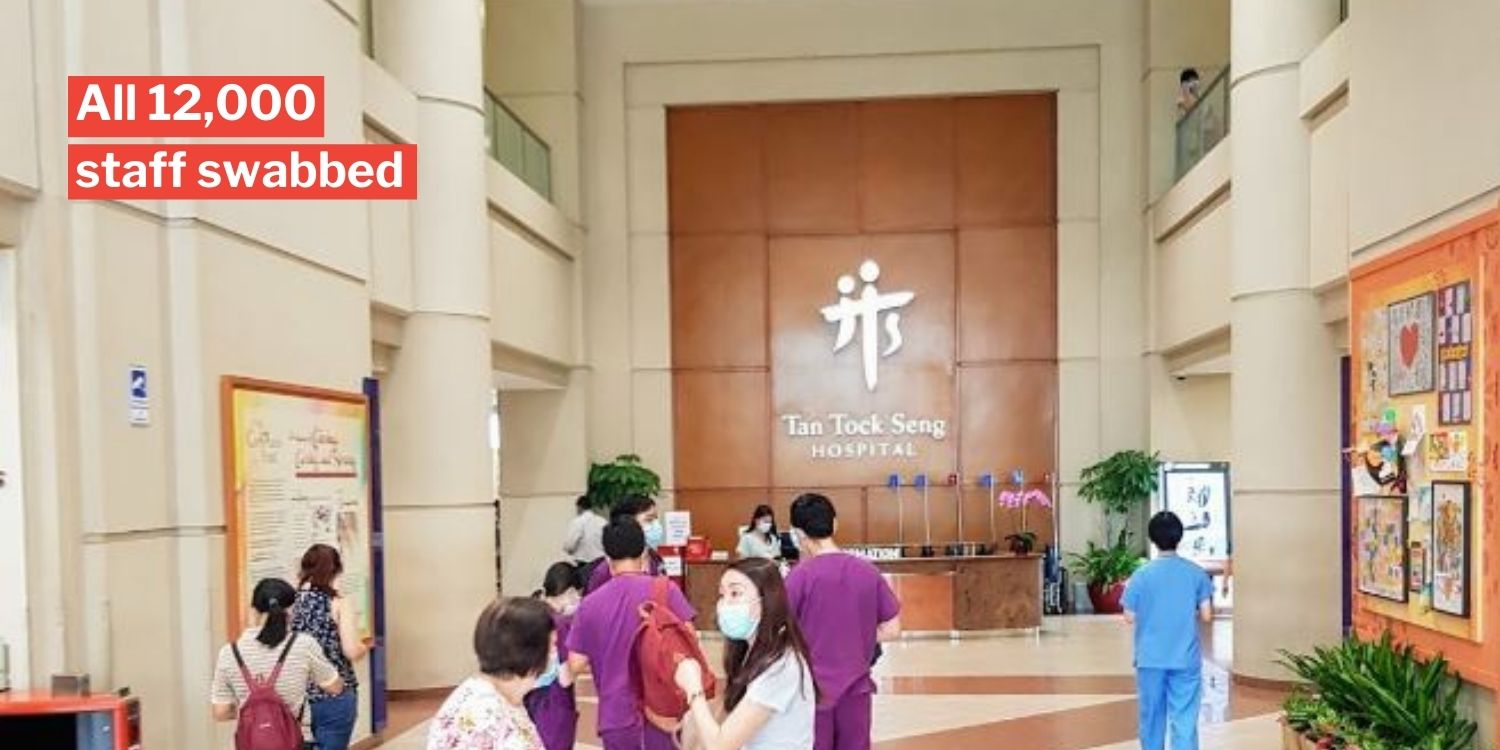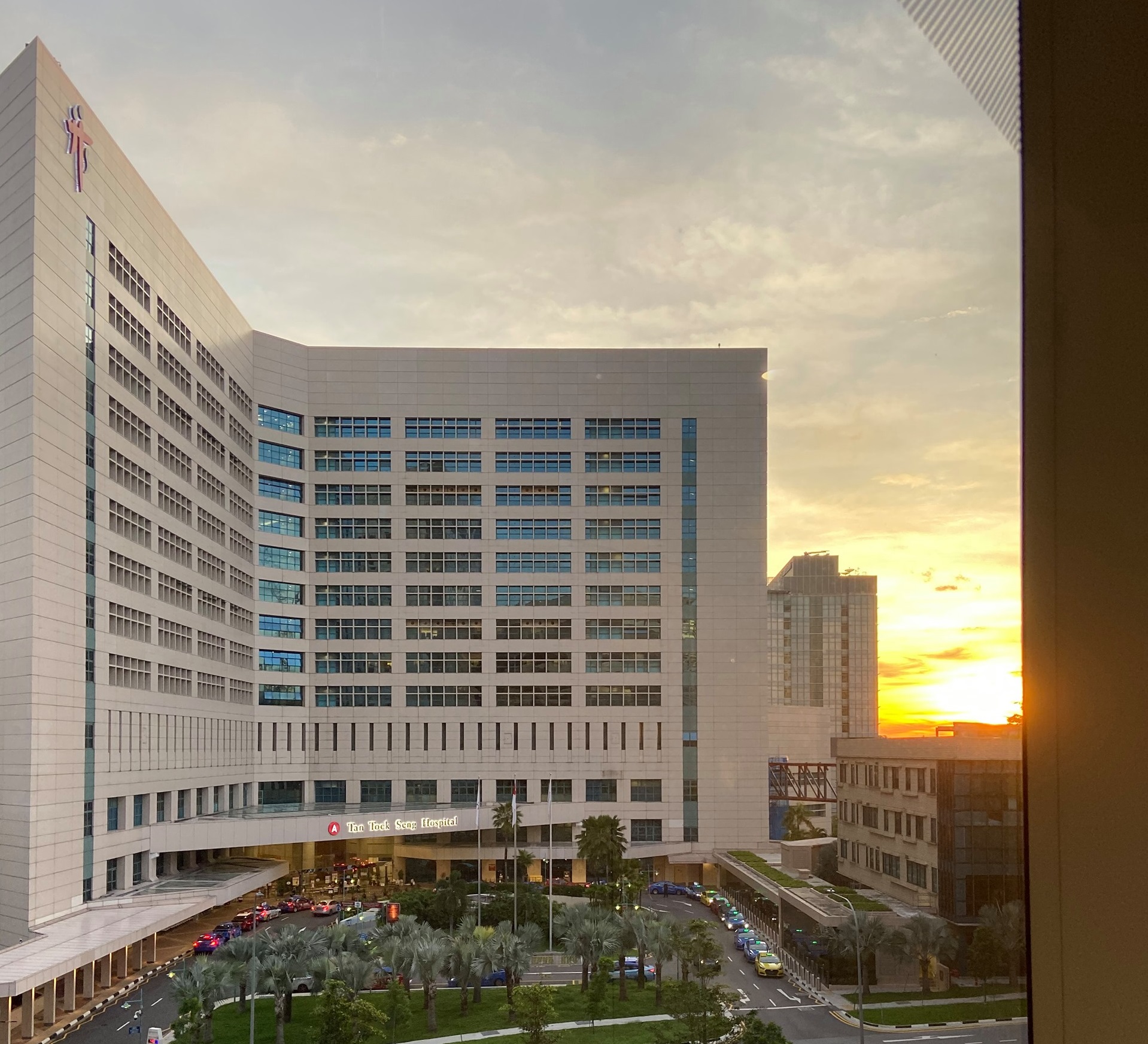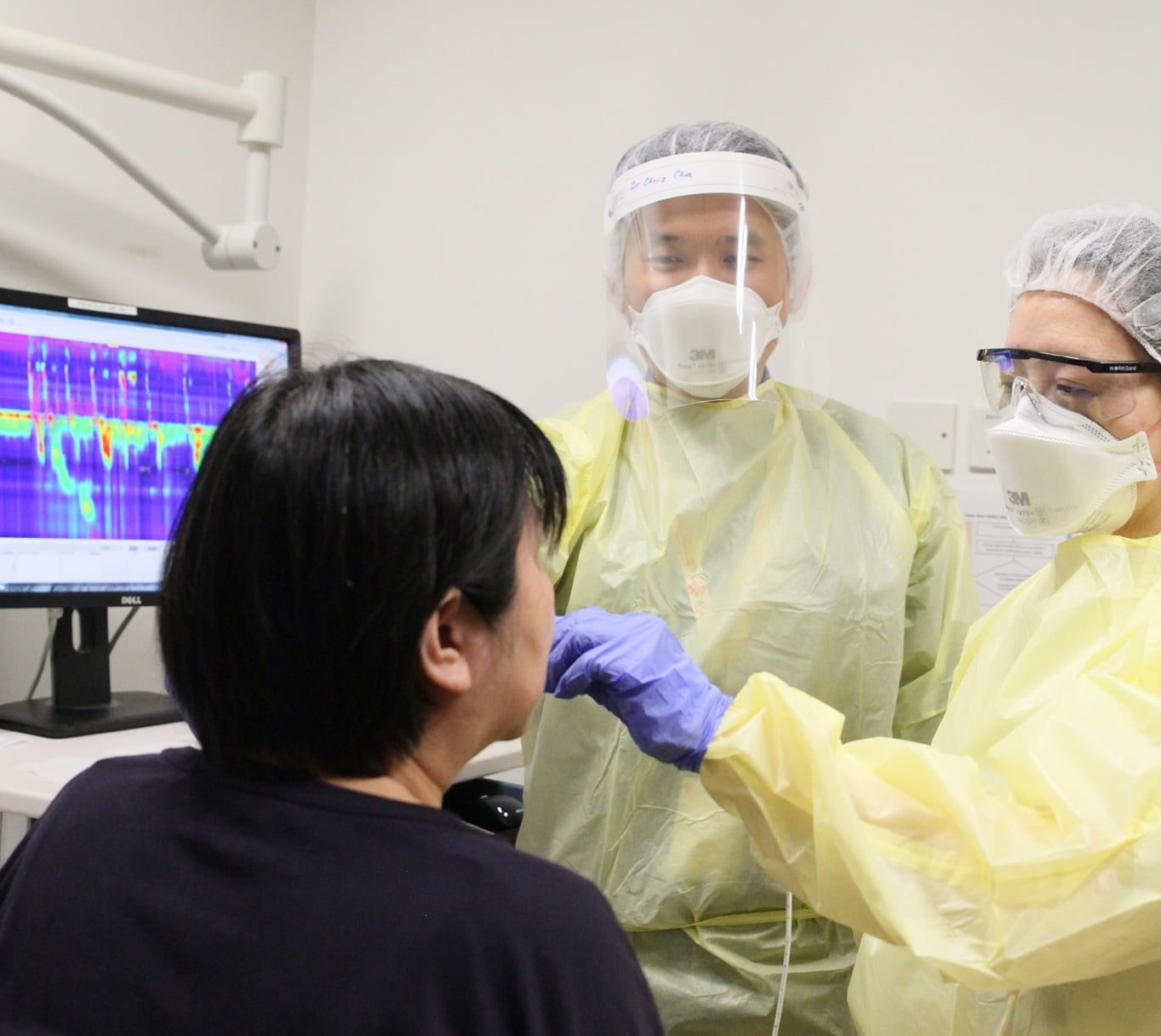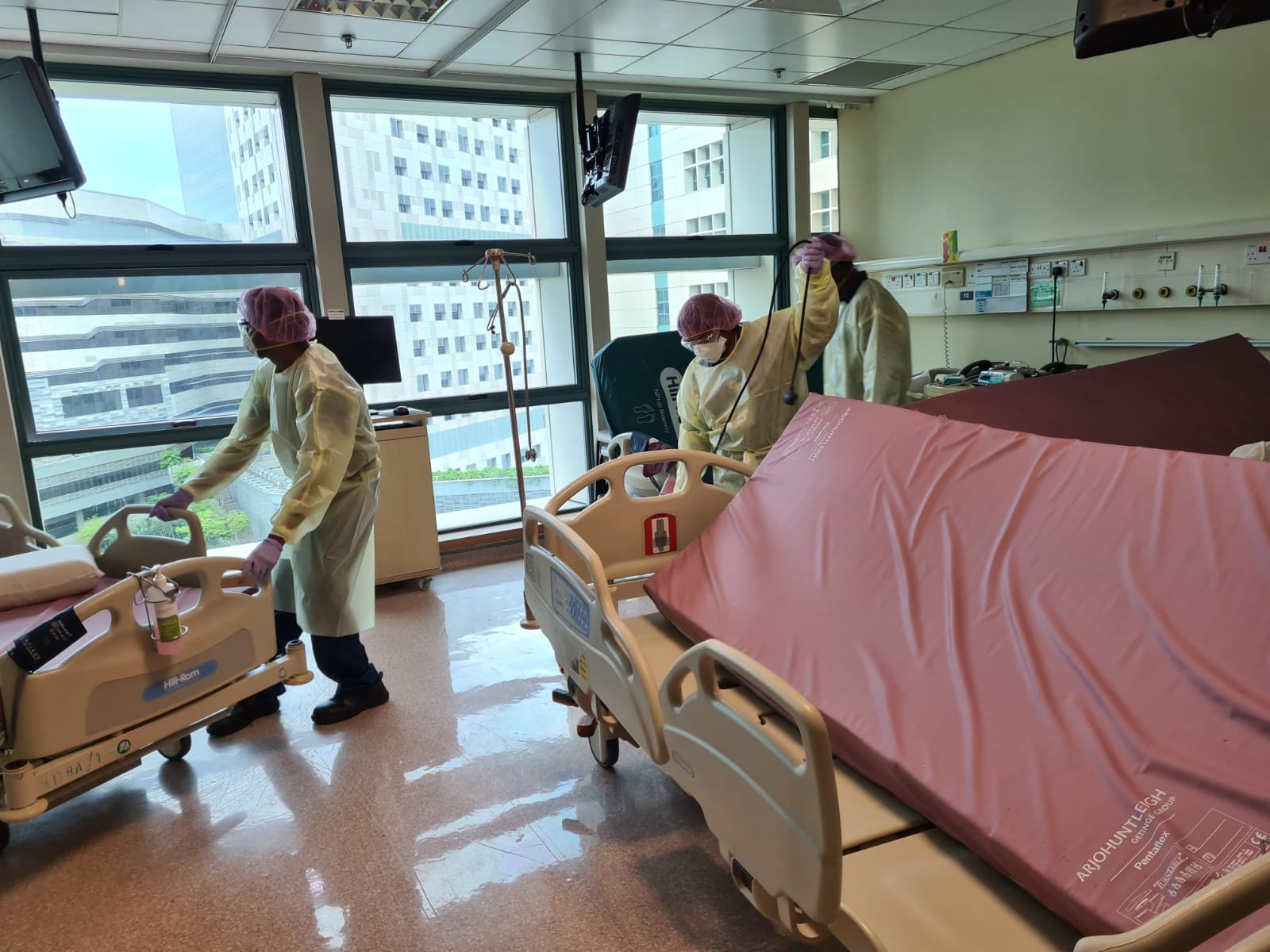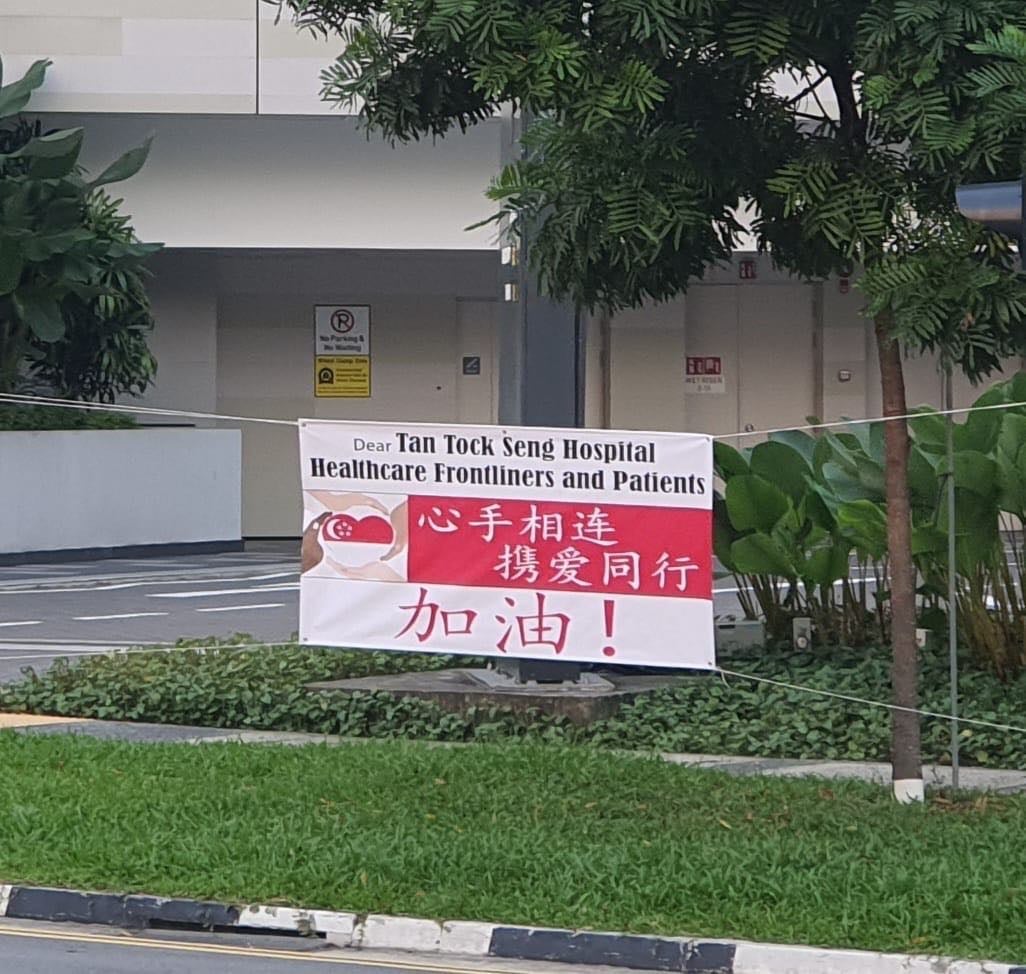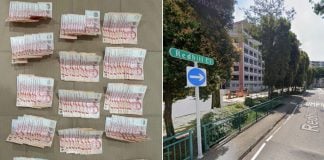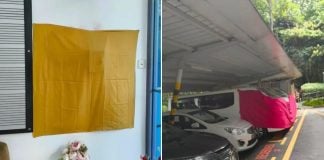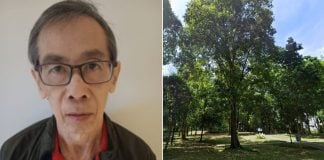Last Case Of Ward Exposure More Than 2 Weeks Ago, Good News Shows That We Can Overcome Again
When a Tan Tock Seng Hospital (TTSH) nurse tested positive for Covid-19 in late Apr, it led to Singapore’s 1st hospital cluster.
To stem the growing cluster, which was Singapore’s largest at the time, TTSH stopped admitting patients on 4 May.
Singaporeans didn’t know it then, but it was the beginning of a spike in community cases and the current tighter restrictions.
For those in a dark mood at not being able to eat out and gather, a ray of sunlight comes at just the right time: TTSH is opening up to patients and visitors again.
The good news is a sign that despite the bleakness of Covid-19, we can overcome it again.
Safely & progressively reopen from 18 May
In a news release on Monday (17 May) night, TTSH said it’ll “safely and progressively” reopen for admissions
This will start from Tuesday (18 May), 8am.
From 8am-8pm daily, the Singapore Civil Defence Force (SCDF) when send ambulance cases to TTSH’s Accident & Emergency (A&E) Department.
During that time, the hospital will also be available for urgent clinic appointments and electives.
All incoming patients will be swabbed
As Singapore’s still experiencing a surge in community cases, however, TTSH will remain vigilant.
That means all patients admitted will be given a Covid-19 swab test on admission.
They’ll also be tested regularly throughout their stay and before being discharged.
This monitoring will help detect asymptomatic cases and isolate them quickly.
1 visitor per day allowed
Visitors will also be allowed, TTSH said – but subject to restrictions.
Firstly, each patient will only be allowed 1 visitor per day, from 12-8pm.
That visitor has to be pre-registered with the hospital (no walk-ins), and he or she can stay for up to 30 minutes only.
Visitors must also follow strict rules:
- Be masked at all times.
- No eating and drinking.
- No children below 7 years old
Multiple containment measures
When the cluster emerged on 28 Apr, TTSH was quick to implement multiple measures to stop the spread.
One of these involved dedicated teams of housekeepers intensifying the cleaning regimes for all wards across the hospital.
Besides stopping all admissions, wards with cases were locked down and staff and patient movement across the hospital was minimised.
12,000 staff tested in 2 rounds
Another was the testing of all staff and patients.
All 12,000 TTSH staff have since undergone 2 rounds of testing. Patients staying in TTSH have also gone through 6 rounds of tests.
The results have “consistently returned negative”.
As such, TTSH is pleased to announce that the last case of exposure in its wards was more than 2 weeks ago, adding,
This gives us added assurance that the containment measures are tight, and our processes have been in place across the hospital.
Staff have gone through trying period
TTSH has also spared a thought for its staff, who’ve gone through a trying period.
Worse than the extra work put in was the reported discrimination faced by them by landlords and members of the public.
To boost their health and well-being, TTSH has implemented efforts like a staff support programme for those who need help coping with the added stress.
The hospital is grateful to their staff, as well as members of the public who’ve encouraged them through various efforts.
TTSH thus thanked the public for their support.
TTSH reopening gives us optimism
The news that the worst is over for TTSH is a silver lining in the cloud of depression over the current Phase 2 (Heightened Alert) restrictions.
After all, it gives us optimism that with stringent measures and diligent work, Covid-19 can be stopped in its tracks.
Kudos to all at TTSH for never giving up hope, and working hard to reopen the hospital so quickly after less than a month.
Hopefully, other ongoing clusters in Singapore like the Changi Airport cluster can be similarly ringfenced and we can go back to Phase 3 again soon.
Have news you must share? Get in touch with us via email at hello@mustsharenews.com.
Featured image adapted from Google Maps.
